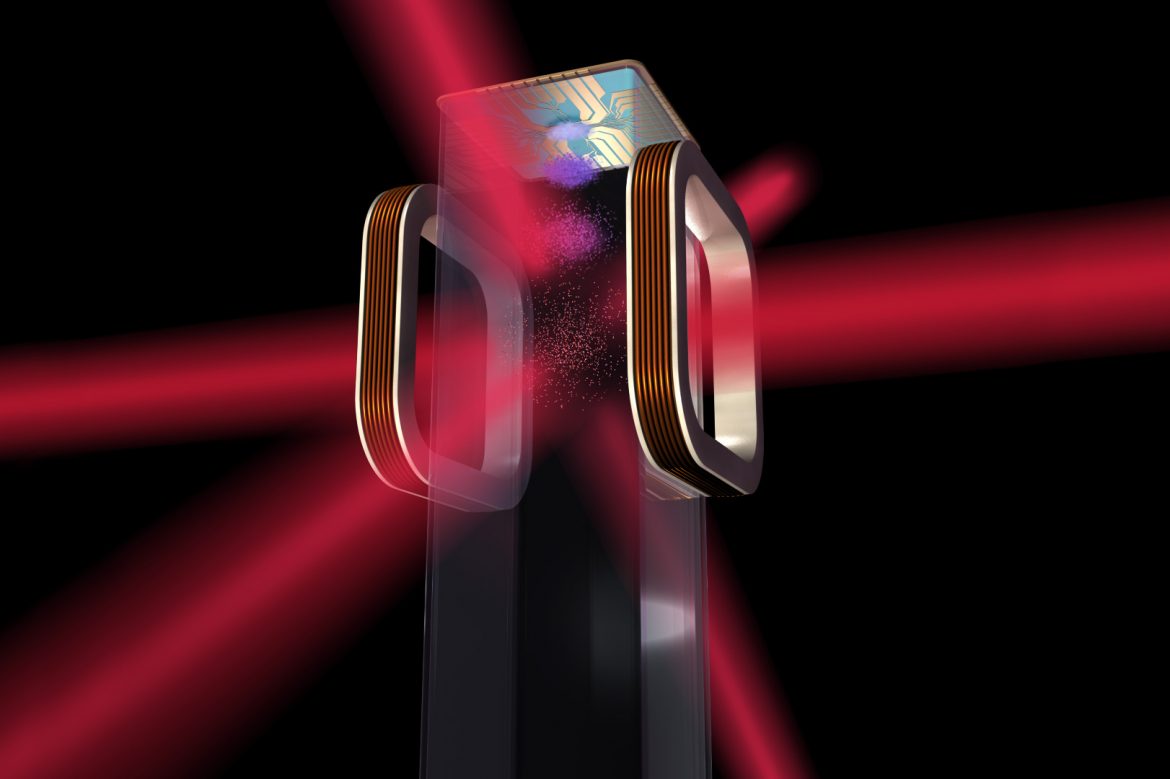
The Coldest Experiment
Since May 2018, the International Space Station has been hosting a mini-fridge-sized system called the Cold Atom Lab (CAL), which can cool atoms to temperatures down to ten billionth degrees above absolute zero. Although it may sound strange, the inside of this device is one of the coldest spots in the known universe. According to a new study published in Nature scientists used this system to create a strange matter of substance in space for the first time.
Bose-Einstein condensate (BEC), sometimes referred to as the fifth form of matter, is the name given to gaseous atomic clouds that start acting in a collective way instead of individual atoms at temperatures near absolute zero. BECs were originally predicted 95 years ago by Albert Einstein and Satyendra Nath Bose, but were first observed by scientists only 25 years ago.
In order to create a Bose-Einstein condensate, atoms must be cooled while they are trapped within magnetic fields. On Earth, this trap must be strong enough to support the atoms against gravity. Since there is no such problem in an environment with microgravity, the trap can be weakened and thus the atomic cloud can be allowed to expand and cool. This process allows the condensate to reach lower temperatures than is possible on Earth, by using the same methods. In CAL, rubidium atoms reached tenths of billions of 1-degree kelvin.
Another benefit of microgravity is that it allows taking measurements of this strange state of substance for a longer time. Normally, atoms are released from the trap and monitored quickly before gravity takes over. But researchers realised that in microgravity, they can observe the released atoms for as much as 1.1 seconds as opposed to about 40 milliseconds on Earth, with the same techniques.
The successful Bose-Einstein condensate experiment in orbit offers new research opportunities for quantum gases and atomic interferometry and paves the way for more ambitious research.
Although a mere first step, the CAL experiment can one day assist in creating ultra-sensitive tools that can detect some of the weak signals of the most mysterious events in the universe, such as gravitational waves and dark energy. From a more practical point of view, the team’s work may lead to the development of more advanced inertial sensors. Applications of this technology may indeed range from accelerometers and seismometers to gyroscopes.
REFERENCES
- 1. https://www.sciencenews.org/article/weird-quantum-state-matter-bose-einstein-condensate-space-station
- 2. https://www.techexplorist.com/astronomers-created-fifth-state-of-matter-space/33002/
- 3. https://www.technologyreview.com/2020/06/11/1003263/scientists-made-bose-einstein-condensates-in-space-first-time-iss/
